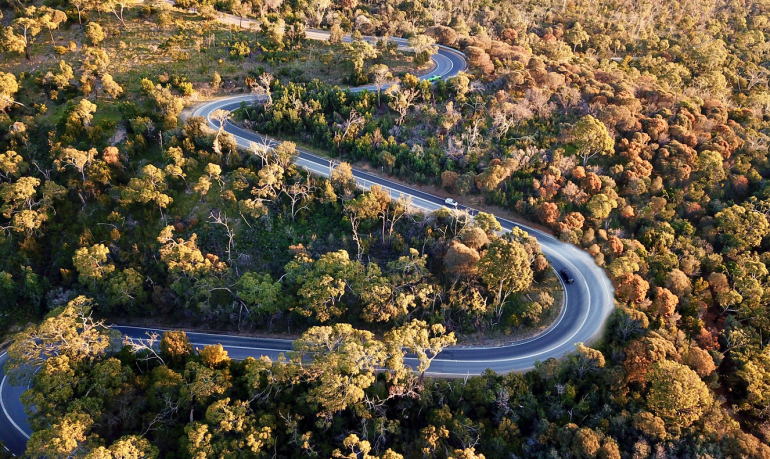Hi-Vis traffic warning systems keep drivers safe in remote environments thanks to UNSW's solar panel and battery technology recommendations.

Challenge
Hi-Vis Group is one of Australia’s largest manufacturers of road, safety, and custom signage products. Their Chevron solar-powered LED signs are used to warn drivers of black spots in remote locations.
Black spots are often found in low sun areas with limited access to mains power and therefore rely on stored energy. Hi-Vis partnered with UNSW to find a way to increase the battery life of their signs, which only averaged 3-4 days and were unreliable during prolonged periods of bad weather.
Solution
UNSW undertook a feasibility study of the Chevron range and made recommendations to extend the battery life by improving solar power supply and energy management.
"We had complementary skill sets. We knew the application and electronic side of the project. What we didn't know was the solar panel side and the recharging challenges."
Brett Watson, Managing Director – Hi-Vis Group
Impact
The TechVoucher project enabled Hi-Vis to enhance their product in two key areas. They implemented a new flexible solar technology that charges in low light environments, and they improved the energy efficiency of the sign. The combination of these factors means the battery now operates for more than 21 days at a time.
"The two pieces came together. We developed a better sign that was nowhere near as power-hungry and a better power supply from the new solar panels. These solar panels were flexible so they could bend to a shape that better fits the sun's movement. We have since integrated those, and they're being used by transport."